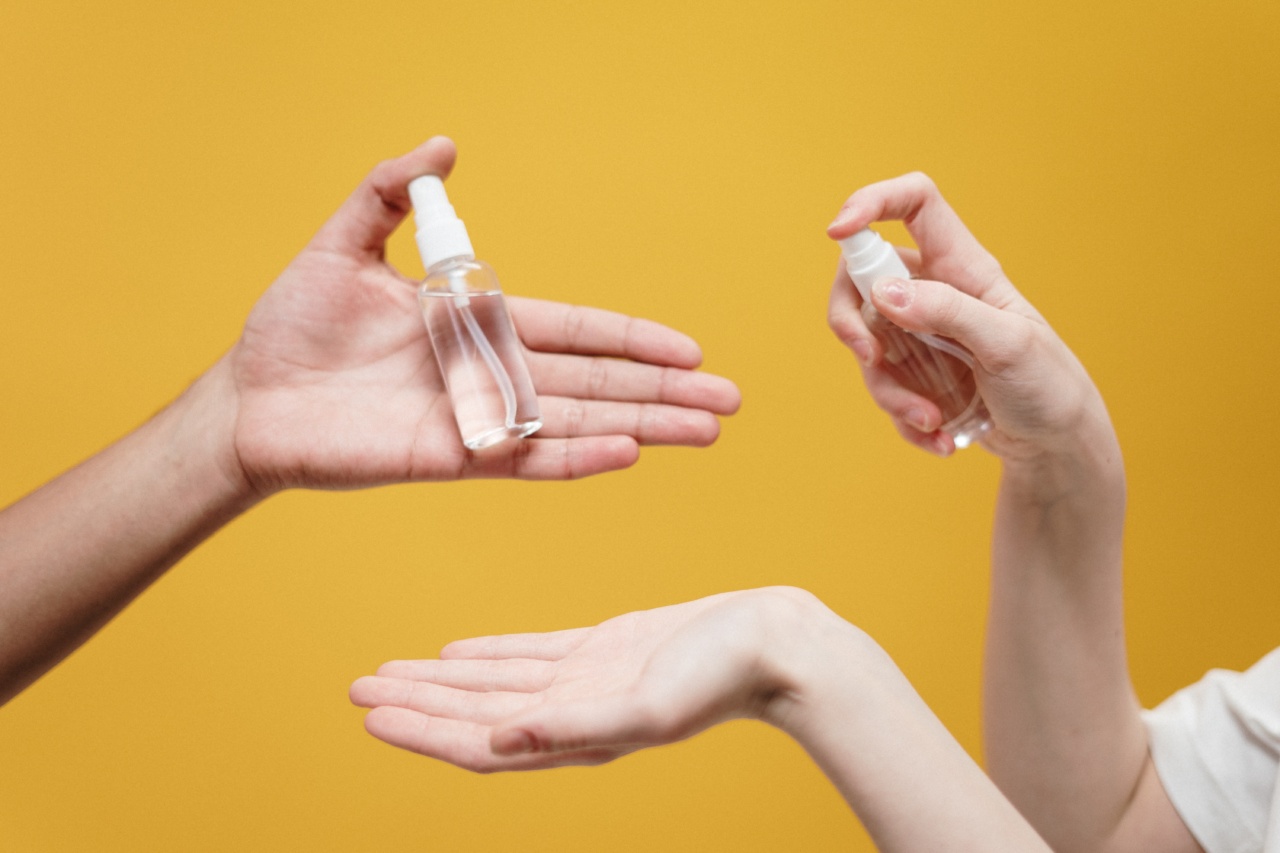Alcohol consumption is a common aspect of social gatherings and celebrations. However, it is important to understand the potential risks associated with excessive alcohol intake, including its link to cancer.
Studies have shown that alcohol consumption can increase the risk of developing several types of cancer. In this article, we will explore the safe and unsafe limits of alcohol consumption for cancer and provide valuable insights into making informed choices about alcohol consumption.
Understanding the Link between Alcohol and Cancer
Alcohol contains a compound called ethanol, which is a known carcinogen. The process of metabolizing alcohol by the body produces acetaldehyde, a toxic substance that can damage DNA and proteins, leading to the development of cancer cells.
Alcohol consumption has been established as a risk factor for various types of cancer, including:.
1. Head and Neck Cancer
Excessive alcohol intake has been strongly linked to an increased risk of head and neck cancers, including cancers of the mouth, throat, and voice box. Heavy alcohol consumption combined with tobacco use further escalates the risk.
2. Esophageal Cancer
Alcohol consumption is a major risk factor for esophageal cancer, especially squamous cell carcinoma. The risk is significantly higher in individuals who consume alcohol excessively and smoke.
3. Liver Cancer
Excessive and long-term alcohol consumption can lead to liver diseases, such as cirrhosis and hepatitis, which increase the risk of developing liver cancer. Alcohol-related liver cancer is more prevalent in heavy drinkers.
4. Breast Cancer
Research has shown that even moderate alcohol consumption can increase the risk of breast cancer in women. The risk is dose-dependent, meaning higher alcohol consumption leads to a higher risk of breast cancer.
5. Colorectal Cancer
Alcohol intake has been associated with an increased risk of colorectal cancer. Regular and heavy drinking can significantly contribute to the development of cancerous cells in the colon and rectum.
Safe Limits for Alcohol Consumption
It is important to note that consuming alcohol within safe limits may not entirely eliminate the risk of cancer, but it can help minimize the potential harm. The safe limits for alcohol consumption are different for men and women:.
1. Men
For men, it is generally recommended to consume no more than two standard drinks per day to reduce the risk of alcohol-related cancers.
A standard drink typically refers to 14 grams of ethanol, equivalent to 1.5 ounces of distilled spirits, 5 ounces of wine, or 12 ounces of beer.
2. Women
Women are advised to limit their alcohol intake to no more than one standard drink per day to minimize the risk of alcohol-related cancers.
Unsafe Limits for Alcohol Consumption
Consuming alcohol beyond the safe limits greatly escalates the risk of developing alcohol-related cancers. Prolonged heavy drinking significantly increases the carcinogenic effects of alcohol. Unsafe limits for alcohol consumption include:.
1. Binge Drinking
Binge drinking refers to consuming large quantities of alcohol in a short period, typically leading to a blood alcohol concentration (BAC) level of 0.08% or higher. Binge drinking increases the risk of various cancers and other health complications.
2. Chronic Heavy Drinking
Consistently consuming excessive amounts of alcohol over a long period, known as chronic heavy drinking, significantly heightens the risk of alcohol-related cancers.
The likelihood of developing cancer increases with the duration and intensity of heavy drinking habits.
The Importance of Moderation and Lifestyle Factors
Although following safe limits for alcohol consumption is crucial in minimizing cancer risks, it is important to consider other lifestyle factors as well:.
1. Quit Smoking
Combining alcohol consumption with smoking significantly increases the risk of developing several types of cancer. Quitting smoking is paramount in reducing cancer risk, even if alcohol intake is reduced.
2. Balanced Diet and Exercise
Adopting a healthy lifestyle that includes a balanced diet and regular exercise can synergistically reduce the risk of cancer and other chronic diseases.
Conclusion
While enjoying alcohol in moderation is generally considered safe, it is crucial to understand and adhere to the recommended limits, particularly when it comes to cancer prevention.
Excessive alcohol consumption significantly increases the risk of developing various types of cancer, including head and neck, esophageal, liver, breast, and colorectal cancer. Following safe alcohol limits, such as two standard drinks per day for men and one for women, is advised. Additionally, quitting smoking and adopting a healthy lifestyle play a crucial role in mitigating the risk of alcohol-related cancers.































